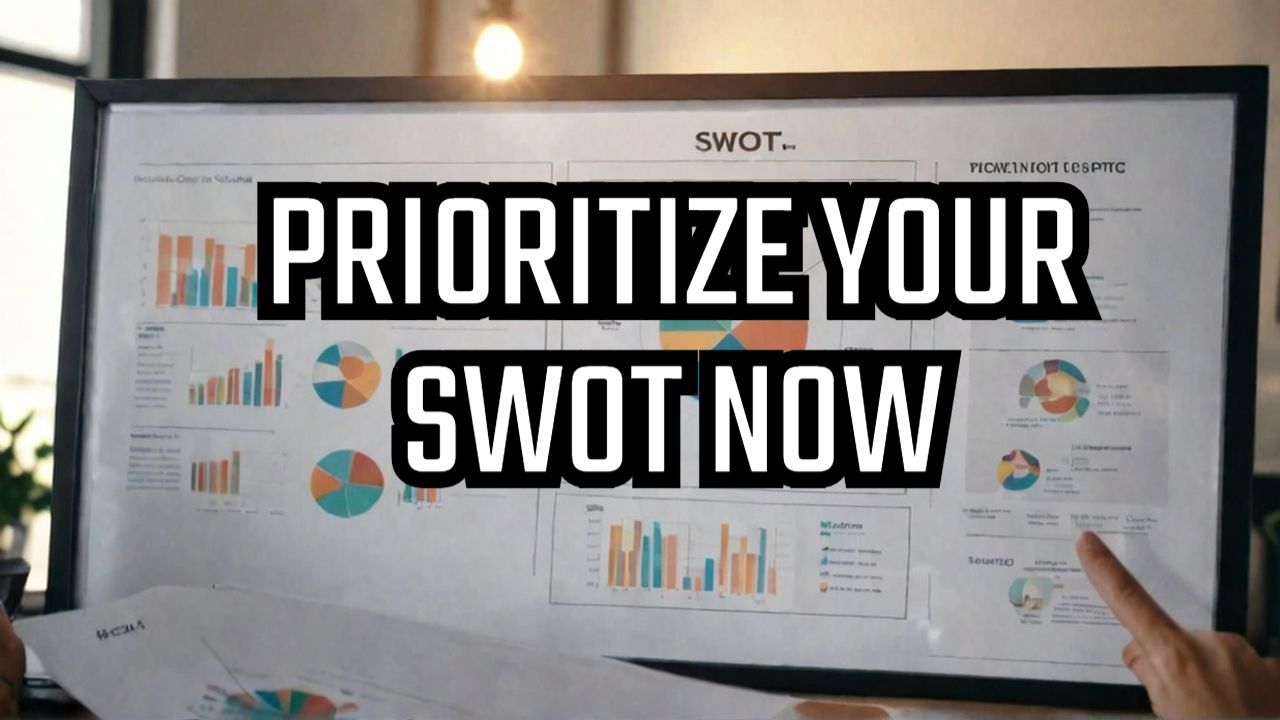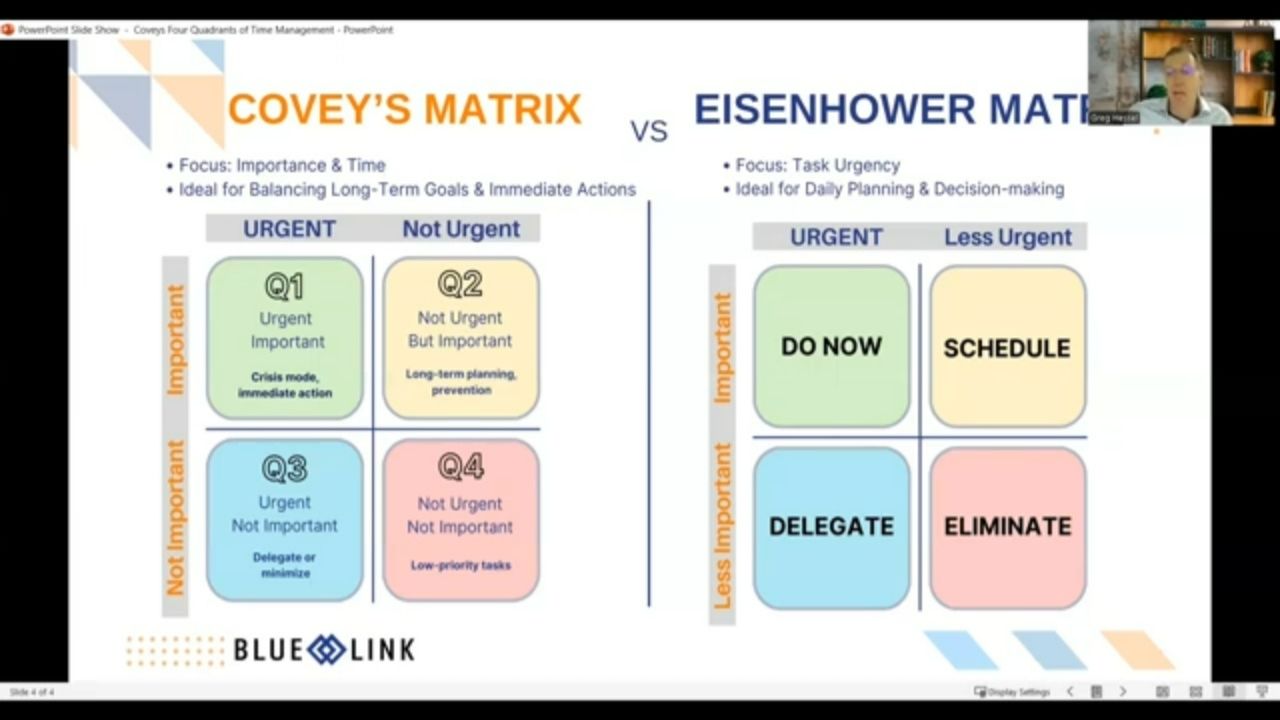Change Management 101: Keys to Implementing Change
Change Management Tips to Implement What You Design

“Change is inevitably messy. Typically, the change process brings confusion, and people generally don’t like confusion.” Joe Folkman, PhD.
A great deal of conflict, particularly in organizations, comes from implementing change efforts. The following guidelines drawn from Joe Folkman’s work, Making Feedback Work, suggest ways to implement change efforts so that they will be successful and minimize the possibility of conflict.
I. Involving others in change efforts increases the probability that change will occur.
II. The most critical skill in making a change based on feedback is deciding what specific issue to work on first.
A. The best approach for prioritizing issues is to list each of the issues and then consider how they rate against four different criteria: felt need, ease of change, logical sequence, and impact.
a. Felt Need: Don’t confuse your felt need for change with the needs and desires of others. We change when we feel a strong enough need to change.
b. Ease of Change: In planning a change process, select at least one issue that you know will be easy to change. This not only gives you confidence in your ability to change, but it sends a positive signal to others that you are responding to their feedback. Also remember that issues dealing with things are much easier to change than those dealing with people
c. Logical Sequence: Are there issues that need to be changed first before other issues can be addressed?
d. Impact: Change is a hard process. Be sure to select issues that are worth investing time and energy on. Can this change initiative compete with all the other events and activities going on in the organization?
III. Before announcing any change, leaders should build a broad support base for the change, including input from stakeholders at various organizational levels.
A. Communicate about the change initiative often and in as many different ways as possible. Build excitement for the change. Keep it in people’s minds. People generally want to know how the change will affect them. In communicating talk about the vision of where you want to be and what the benefits of being there will be. It may be helpful to enlist the group in building that vision.
B. Ask, “Is there enough support to announce this change, or does more work need to be done to gain support for it?”
C. The vision for change needs to be cast in a positive light. Don’t focus on who was responsible and how to take action against individuals because this tends to paralyze people.
IV. To implement change effectively:
A. Practice the new behavior frequently
B. Assign outside coaches or mentors to help people learn new behaviors.
C. Try to create a learning environment where negative feedback can be cast in a positive light.
D. Set incremental goals of short-term, intermediate, and final outcomes before beginning change efforts. Then check progress from time to time. Don’t get upset when things stall. Generate short-term wins.
“Creating change in an organization is like walking a high-wire tight rope without a net. Creating structure to support change efforts is like adding a net, a balancing stick, and ropes on both sides to hang on to – just in case. Structure makes weak organizations strong and strong organizations stable.”
Taken from Making Feedback Work by Joe Folkman, Ph.D.
See more Change Management Blogs/Vlogs
Every few months I produce a free newsletter. No Spam. Unsubscribe anytime.
For a taste, view the archives
SUBSCRIBE
Blogs and vlogs are sorted by topic at the bottom of each service page
STRATEGIC PLANNING
CHANGE MANAGEMENT
CONFLICT MANAGEMENT
TEAM BUILDING
ASSESSMENTS
EXECUTIVE COACHING
IMPROVING EFFICIENCY
BOARD DEVELOPMENT




